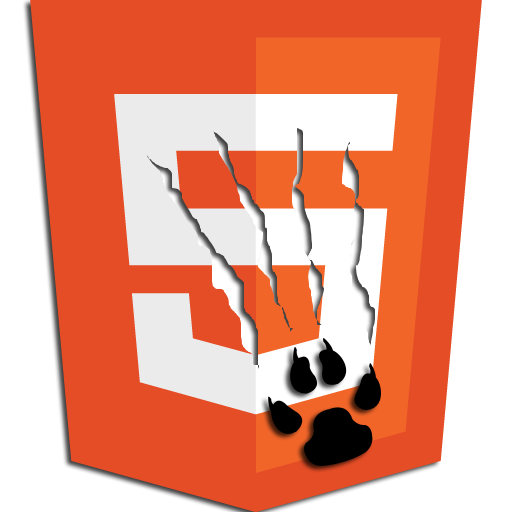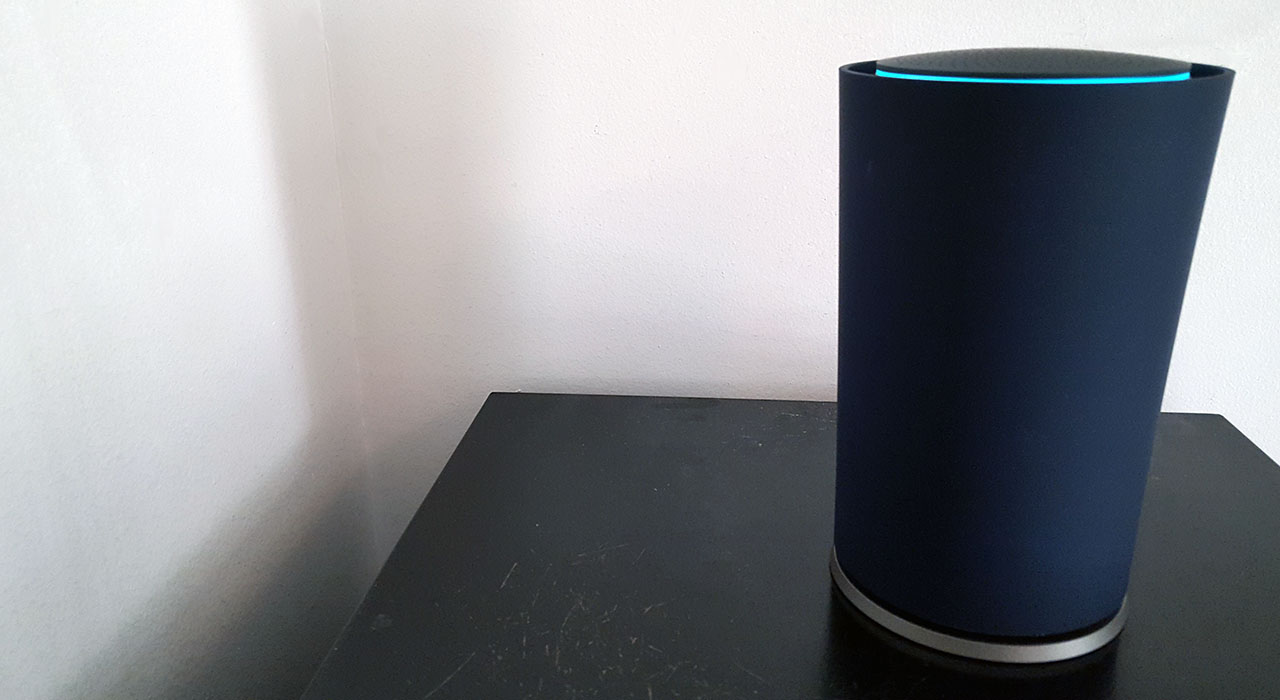In the past, I’ve skipped between supporting multiple sites and only having a single site, here at Burningbird.
I like different domains and sites so that people can focus primarily on the topics they like. For instance, tech people may get a bit tired of my political writings, and those interested in the political writings may not care for in-depth overviews of JavaScript.
The main issue with multiple sites, though, is the amount of work to maintain the software for each site. In fact, that’s been a real pain in the past, and the reason I took down the individual sites.
Thankfully, WordPress has very good multisite support now. I can support different sites with different domain names, and you all have no idea it’s all fed by the same WordPress installation. More importantly, if I decide to subscribe to a security system for my site, such as Wordfence, I only need one subscription. Considering how much my site gets hammered on a daily basis, I’m definitely interested in increasing my security. However, security API keys are not cheap. They’re too expensive to get one for every domain.
I’m also eliminating all statically generated web pages. I just wiped out the old weblog.burningbird.net site. I thought about keeping some of the old content but then realized people have enough stuff to read, they don’t need to see stuff that’s 15 years old. In addition, I’m adding newer statically generated content into WordPress, in preparation for converting everything over to the secure version of HTTP, HTTPS.
As I add active content to new sites, I’ll post a note linking to them. Right now, I have active content here and at One Lawsuit.



